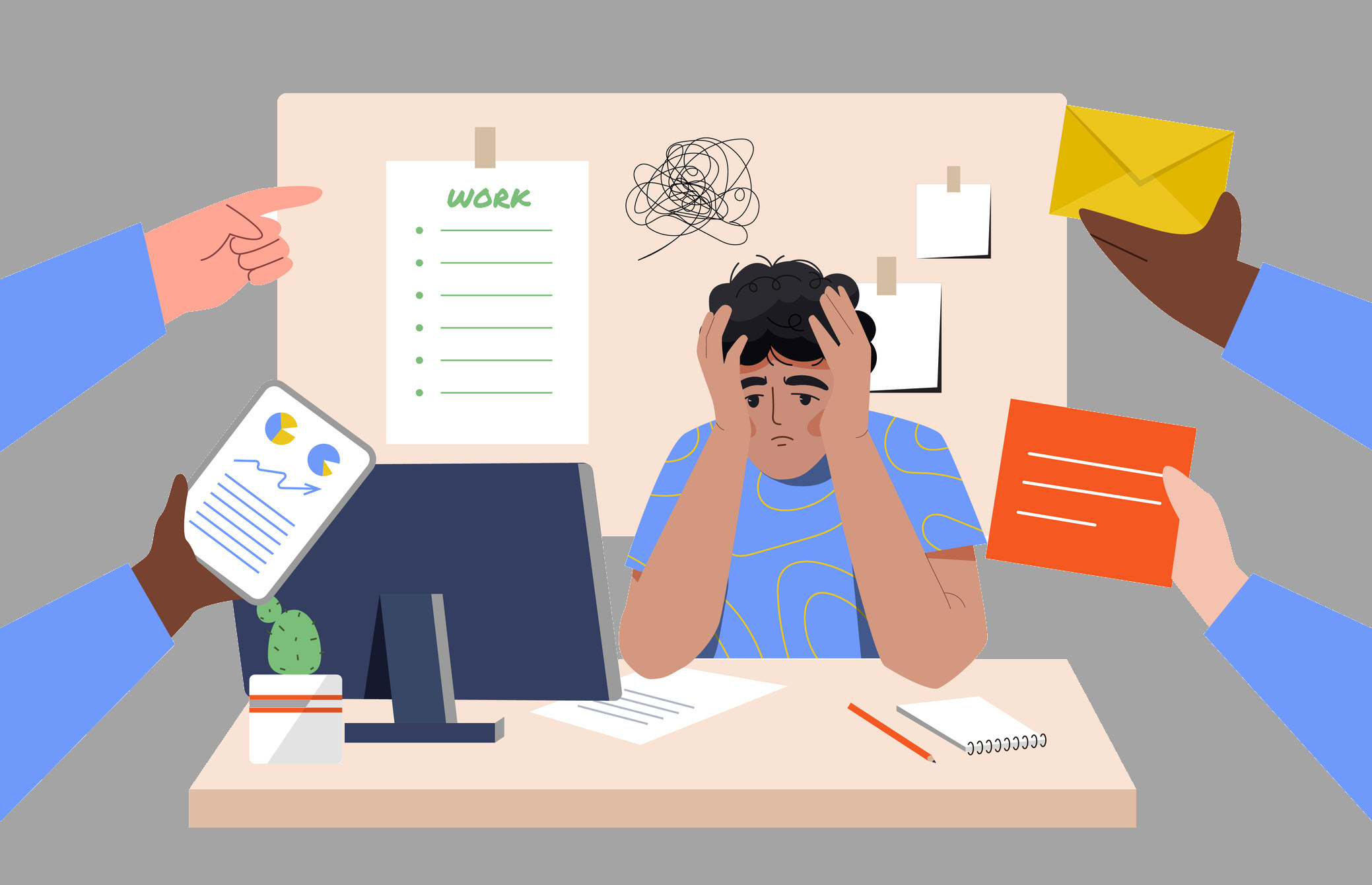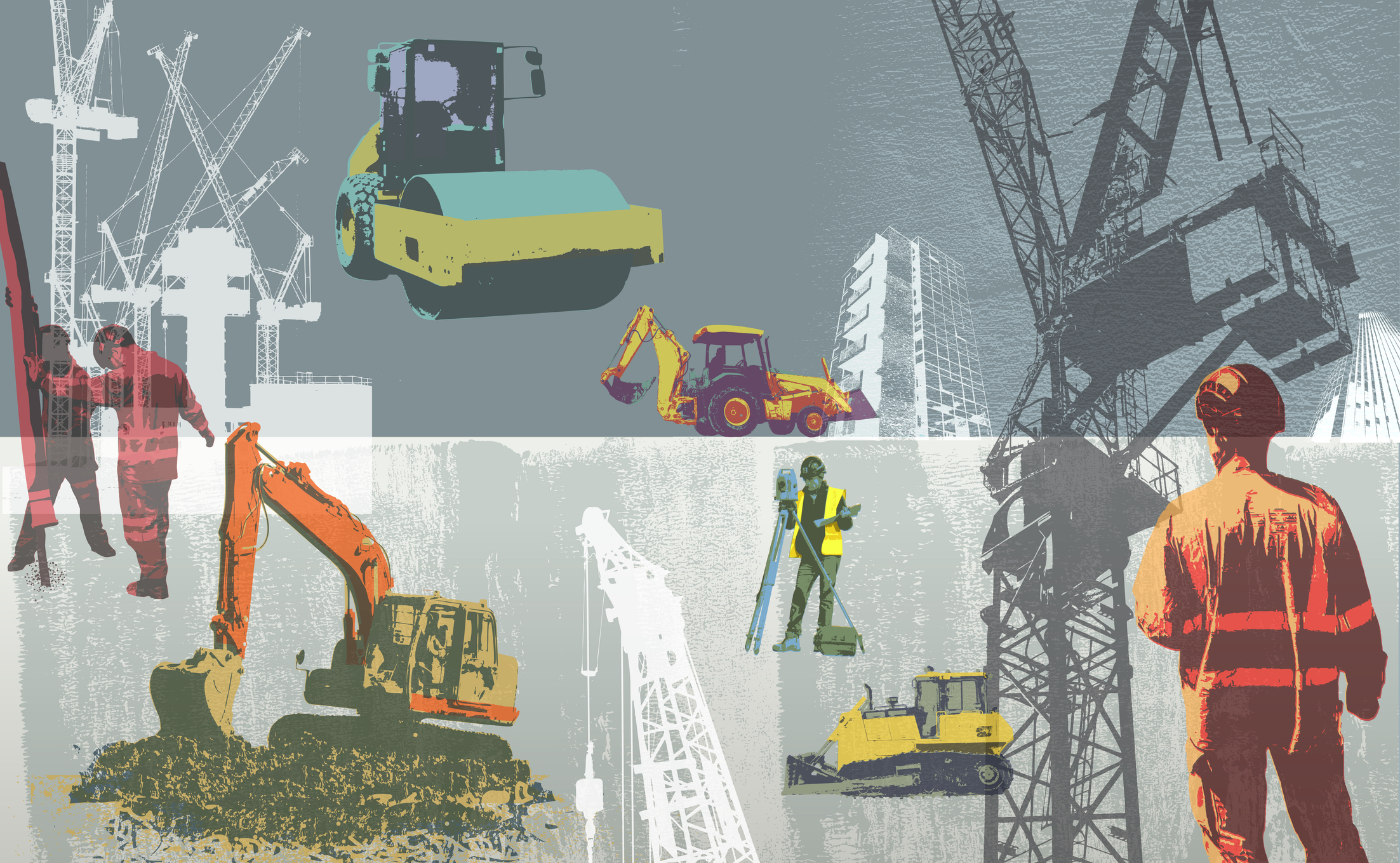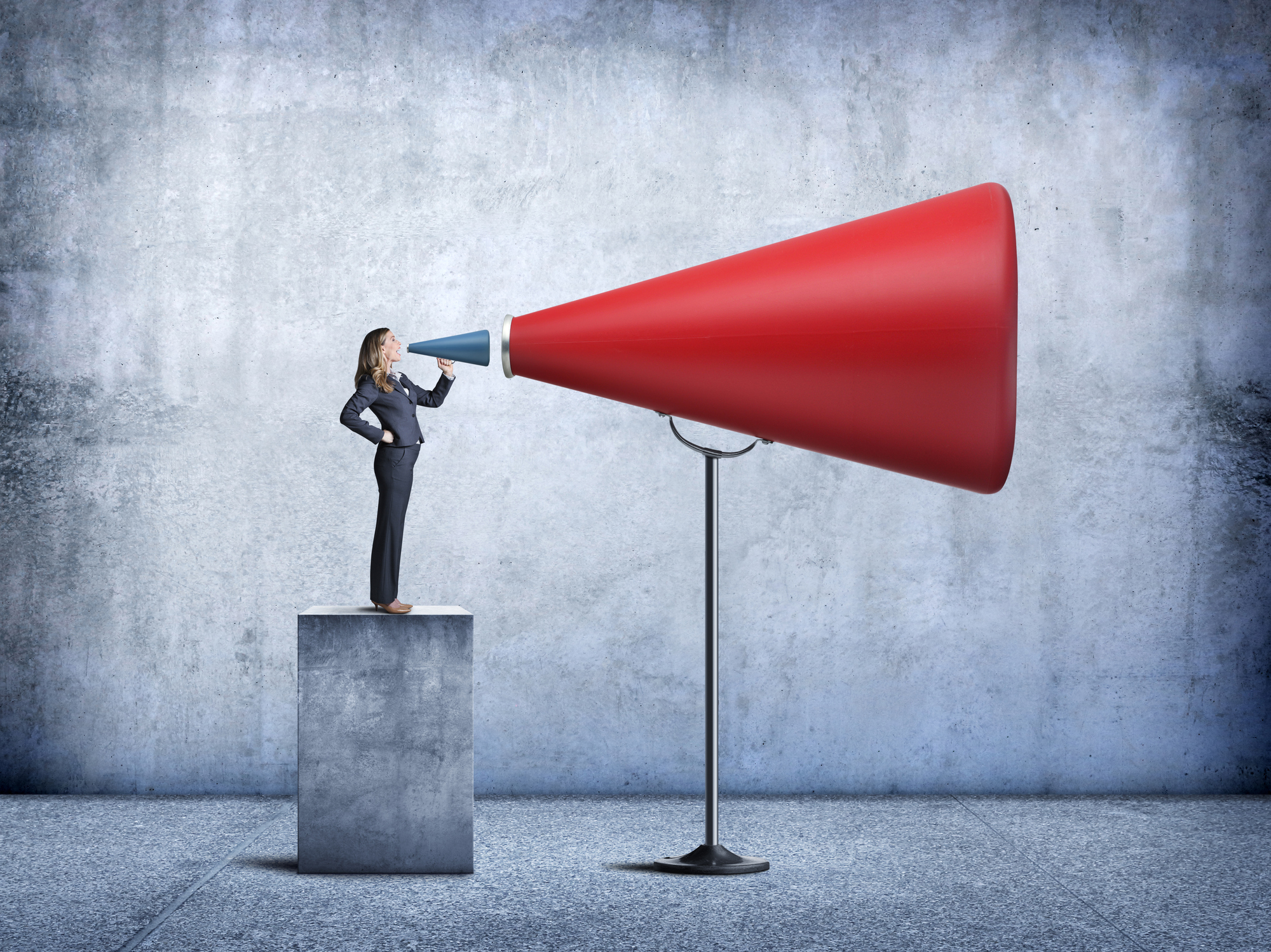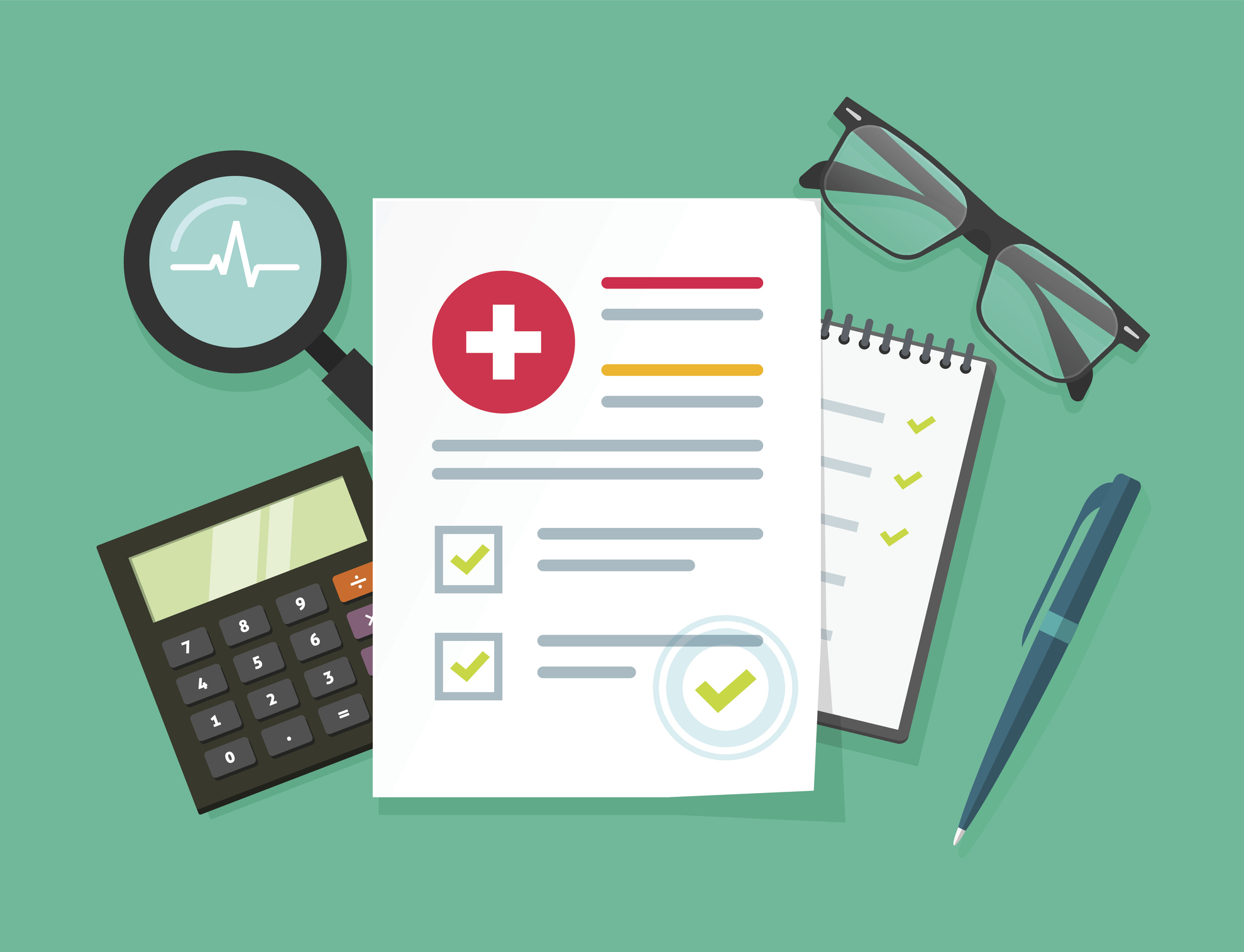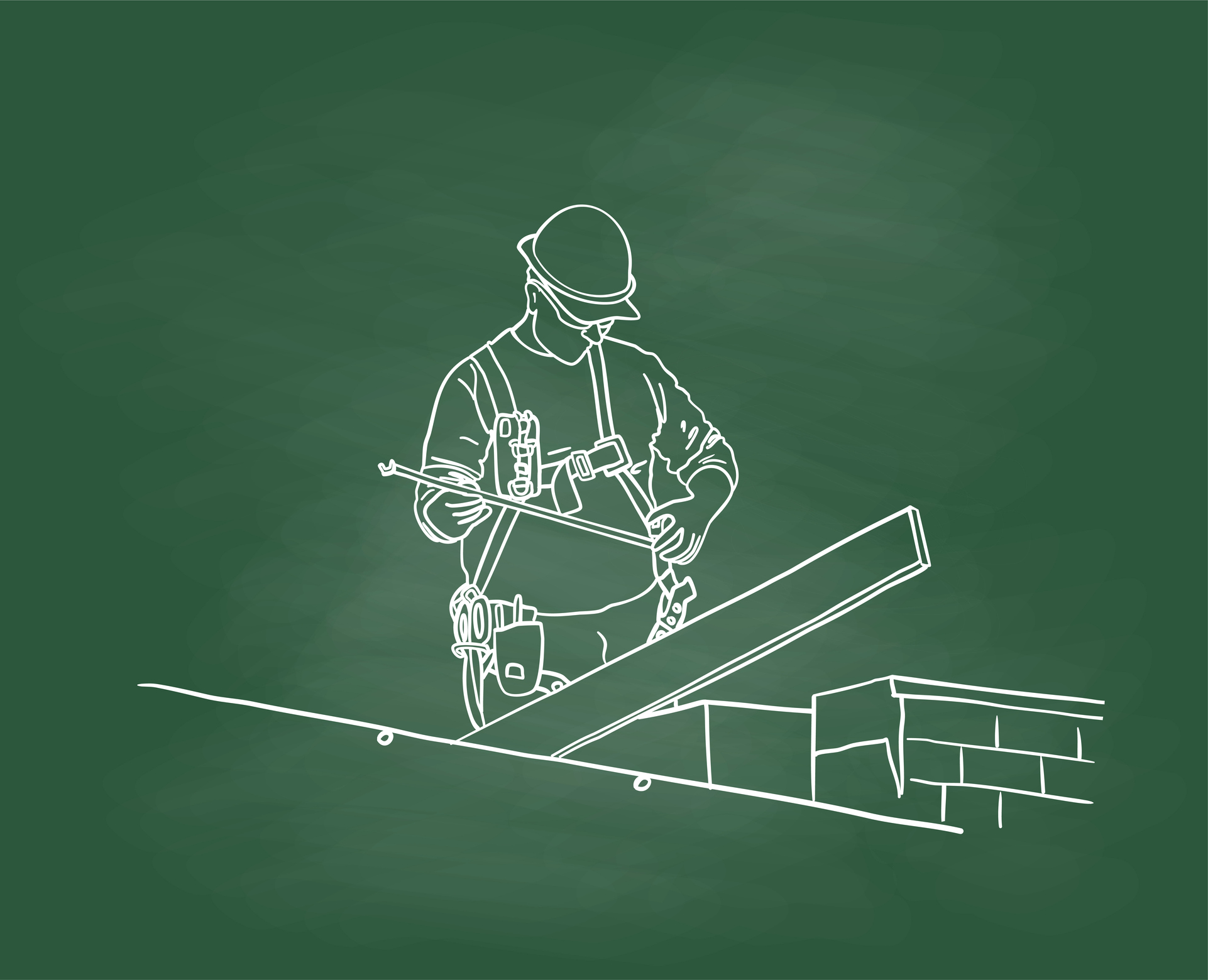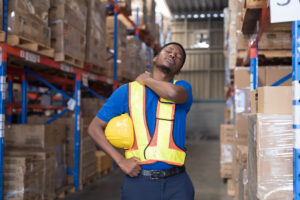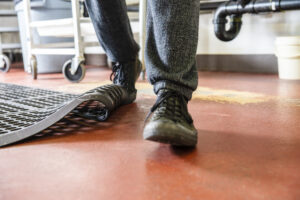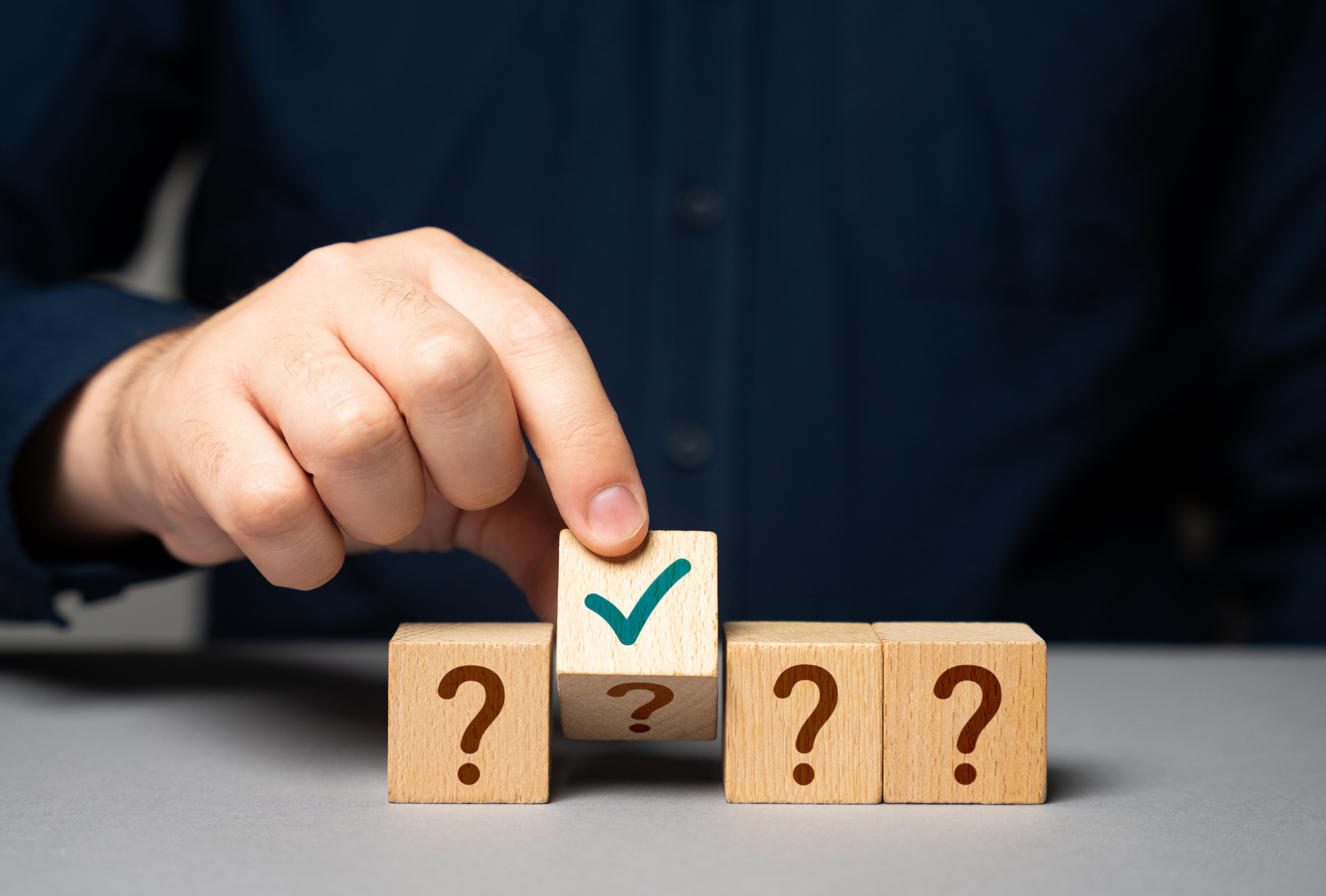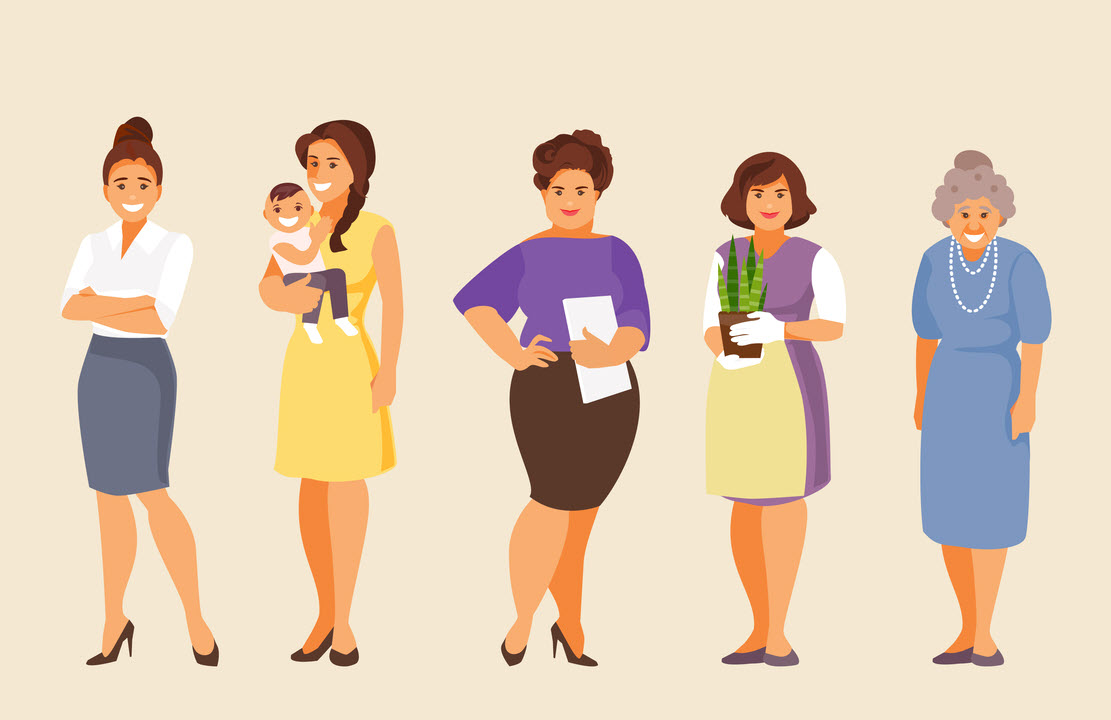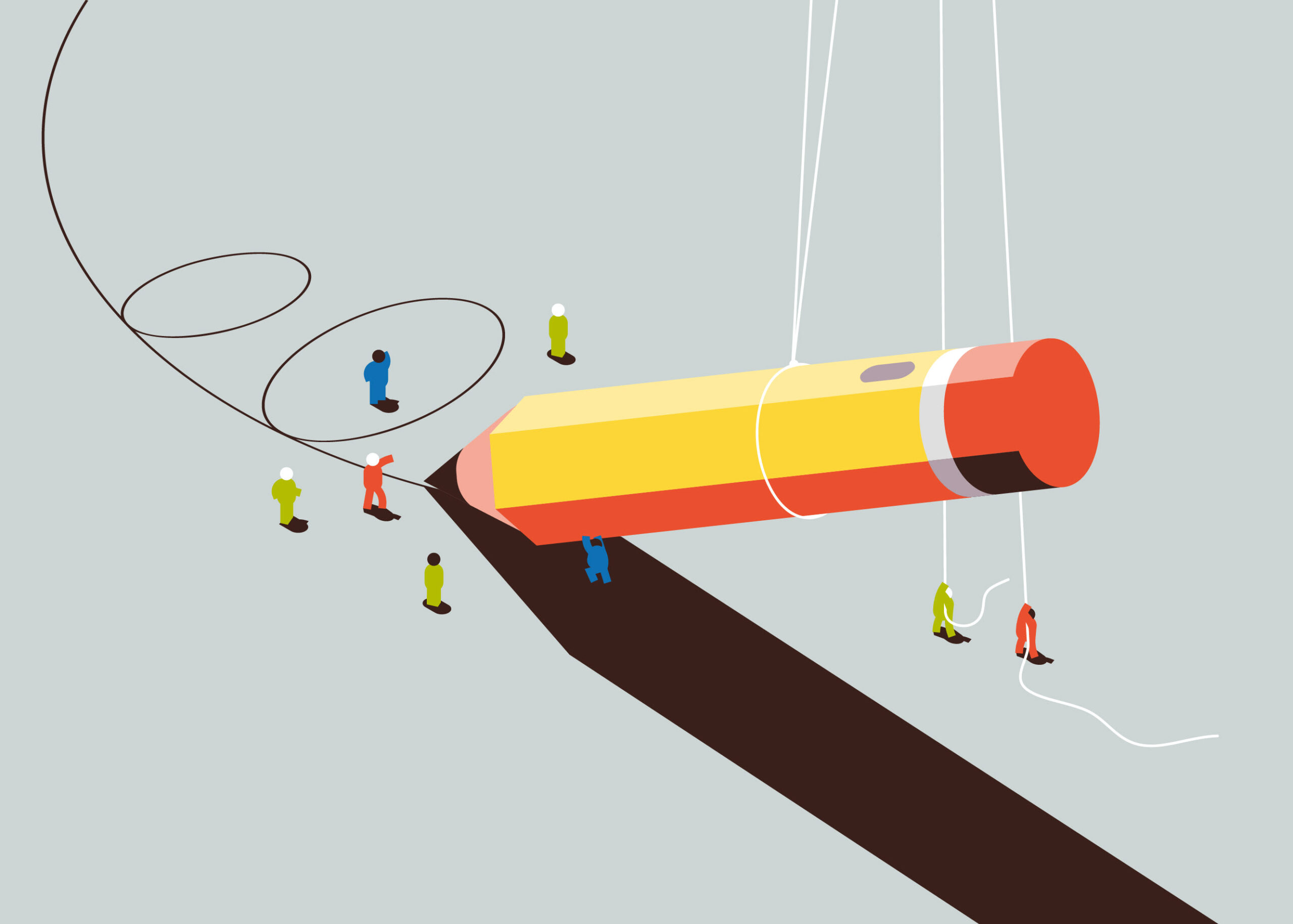7 Practical Workplace Safety Strategies to Prevent Slips, Trips, and Falls
Slip, trip, and fall prevention requires attention to an organization’s flooring type, cleaning process, and more. We review the leading practices applicable industrywide, from proper matting and footwear to cleaning protocols and floor testing.
August 26, 2025

Slip, trip, and fall incidents continue to be among the most common and costly safety challenges in the workplace. From overlooked stair treads to wet floors or worn-out mats, these accidents are often preventable with the right protocols. The science of tribology, the study of friction, can offer insight into floor safety. However, this insight has to be combined with practical, repeatable leading practices.
“Organizations should consider slip resistant characteristics and the surface coefficient of friction, which are two very important aspects of flooring,” said Steve Simon, Senior Risk Control Manager at Safety National. “If you are not evaluating conditions like weather exposure, foot traffic, and matting effectiveness, you are missing some of the most critical factors in preventing slip, trip, and fall incidents.”
Here we break down some of the most effective strategies that organizations can adopt to build safer environments for both employees and the public.
1. Invest in a Formal Slip, Trip, and Fall Program
Your organization may already have a written policy dedicated to slip, trip, and fall prevention. However, it may need attention if it has not been updated recently. A successful program may include:
- Defined roles and responsibilities for hazard identification and response.
- Incident tracking and trend analysis.
- Embedded training with new hire orientation and ongoing safety communications.
- Auditable checklists specific to slip and trip risks, like matting and cleaning protocols that are not just general safety walkthroughs.
2. Optimize Your Matting
High-quality mats are one of the most underestimated tools in floor safety, especially at building entrances, near water sources, and in transition zones. Best practices for mats can include:
- Using 9 to 15 feet of matting at entrances to capture moisture and debris before it hits hard floors during inclement weather.
- Matching mat types to location. Absorbent mats should be placed near water fountains and restrooms, scraper mats (designed to remove dirt, mud, and large debris) should be located at outside entrances, and high-traction mats (designed for grip and stability) are best for industrial zones.
- Regularly inspecting mats for curled edges, tears, and saturation, and replacing as needed.
- Establishing vendor oversight to ensure proper maintenance and rotation schedules.
3. Prioritize Floor Maintenance with Friction in Mind
Floors need to perform safely, not just look clean. This includes cleaning requirements that preserve or enhance surface friction, including:
- Using floor chemicals appropriate to your floor type and never mixing incompatible products.
- Assigning different mops and cleaning equipment for back-of-house and public areas to avoid cross-contamination.
- Training janitorial staff to follow product dilution instructions and drying times to reduce residue buildup.
- Inspecting floors regularly for gloss buildup or porosity loss, which can increase slippery conditions.
4. Inspect Transitions, Stairs, and Lighting
Small environmental details can cause significant workplace safety issues when overlooked. Recommendations include:
- Fixing elevation changes, so that any difference over a quarter inch is beveled, repaired, or clearly marked.
- Enhancing stair contrast using colored tread nosing and ensuring handrails are visible, accessible, and local code compliant.
- Auditing lighting to ensure that walkways, stairwells, and entrances are well lit and free from glare, particularly where flooring may already be reflective.
5. Consider Footwear as a Safety System
Footwear in the workplace tends to be inconsistent, creating more variables in slip and fall prevention. Recommend or require that employees wear slip-resistant shoes, not just any athletic shoes or work boots. A shoe replacement policy can frame guidelines for employees to follow when shoe tread is worn down. For the public, be aware of spaces frequented by those most likely to fall, including children, seniors, and customers in dress shoes.
6. Use Floor Testing as a Validation Tool
Slip testing for Coefficient of Friction (COF) is not universally mandated, but it is recommended or required under several regulations, standards, and guidelines, depending on the jurisdiction, industry, and type of surface. Slip testing can offer objective data that helps organizations make informed decisions. Tribometers can measure the dynamic coefficient of friction (DCOF) of a floor surface. The data provided by these devices can help identify floor types or areas that may need treatment or replacement. Before investing in equipment or training in-house, contact your insurance carrier to see if they have floor safety consultant recommendations to test high-risk areas. These experts may recommend solutions like COF-boosting products, floor treatments, or better strategies for cleaning protocols.
7. Customize the Program to Your Environment and Risks
Every workplace is different. Greenhouses with constantly wet floors, a Class A office building with polished tile, and industrial facilities with concrete all require tailored strategies. Start by:
- Mapping traffic paths and identifying hazards by area use and occupant behavior.
- Piloting new solutions, like AI spill detection or spill-detecting floor coatings, before a full rollout.
- Engaging with your flooring manufacturer or vendor for cleaning guidance specific to the material and exposure.



